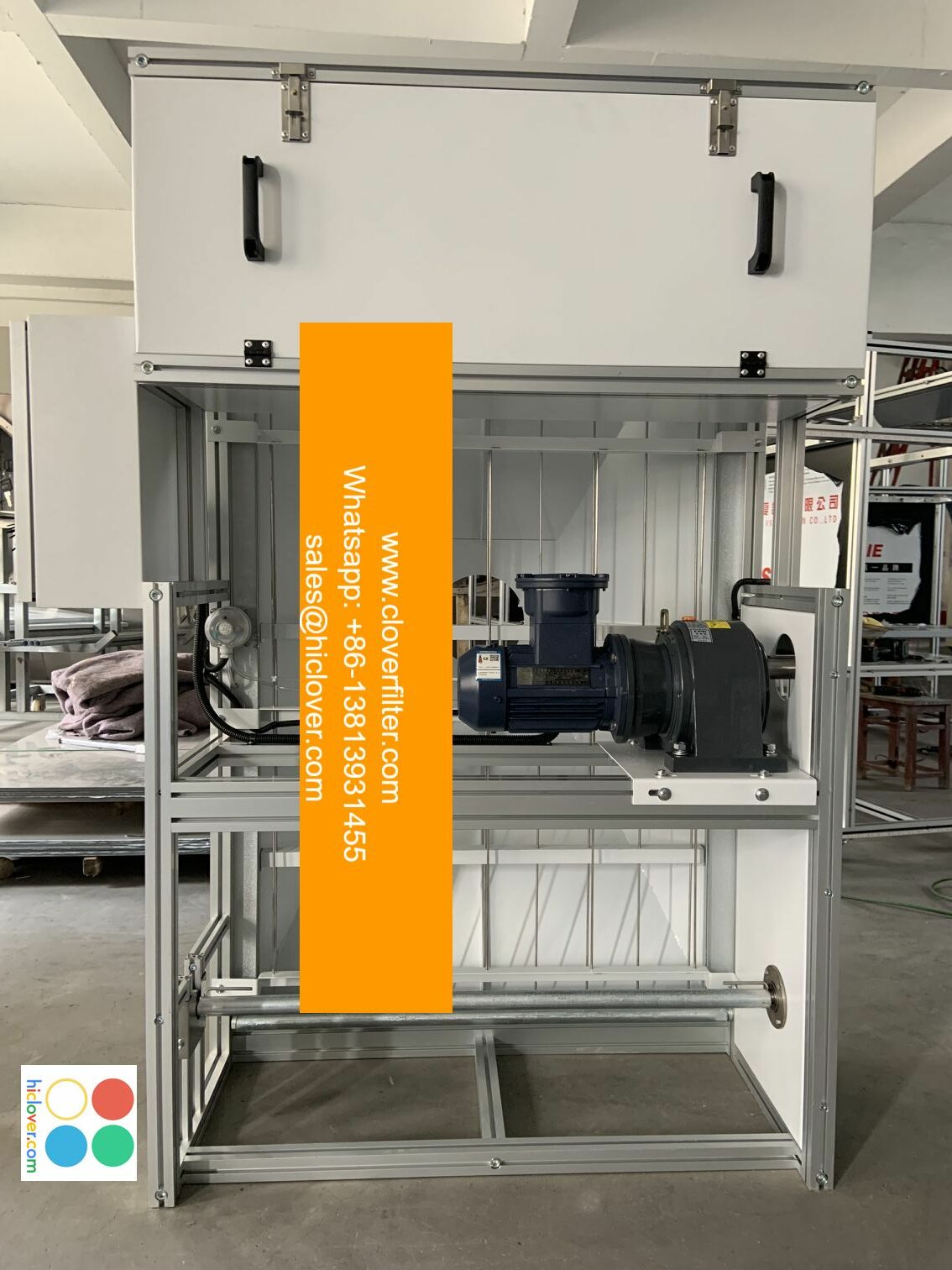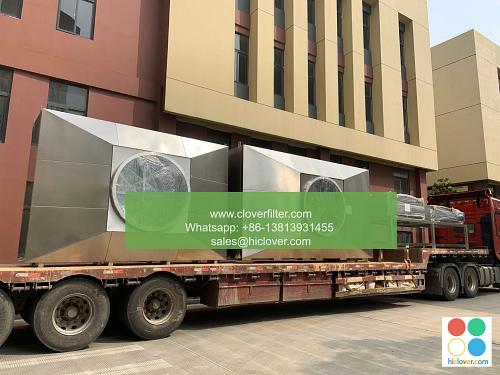Comparison of Air Filter Types: HEPA, Activated Carbon, and Ionizers

Air filters are an essential component of any air purification system, and they come in various types, each with its unique characteristics and benefits. In this article, we will compare and contrast three popular types of air filters: HEPA (High Efficiency Particulate Air), Activated Carbon, and Ionizers. We will highlight their key features, application areas, and advantages, helping you make an informed decision when choosing the right air filter for your needs.
HEPA Air Filters
HEPA air filters are considered the gold standard in air filtration, capturing 99.97% of particles as small as 0.3 microns. They are designed to trap airborne pollutants, such as dust, pollen, mold, and bacteria, making them ideal for people with respiratory issues, like asthma. HEPA filters are commonly used in home air purifiers, vacuum cleaners, and industrial air cleaners. They are also effective in removing pet dander and tobacco smoke from the air.
Activated Carbon Air Filters
Activated carbon air filters, on the other hand, are designed to capture gases, odors, and chemicals from the air. They are made from activated carbon, a highly porous material that traps volatile organic compounds (VOCs) and other pollutants. Activated carbon filters are often used in kitchen exhaust systems, bathroom ventilation systems, and industrial air purification systems. They are effective in removing cooking odors, paint fumes, and chemical vapors from the air.
Ionic Air Purifiers
Ionic air purifiers, also known as ionizers, use negative ions to attract and trap airborne pollutants. They are designed to capture particles as small as 0.01 microns, making them effective in removing ultra-fine particles and virus particles from the air. Ionizers are often used in
Comparison of Air Filter Types
| Air Filter Type | Captures | Effective Against | Application Areas |
| — | — | — | — |
| HEPA | Particles (0.3 microns) | Dust, pollen, mold, bacteria | Home air purifiers, vacuum cleaners, industrial air cleaners |
| Activated Carbon | Gases, odors, chemicals | VOCs, cooking odors, paint fumes | Kitchen exhaust systems, bathroom ventilation systems, industrial air purification systems |
| Ionizers | Ultra-fine particles (0.01 microns) | Virus particles, ultra-fine particles | High-traffic areas, ports, public spaces |
Conclusion
In conclusion, each air filter type has its unique characteristics and benefits. HEPA filters are ideal for capturing particles and pollutants, while activated carbon filters are effective in removing gases and odors. Ionizers, on the other hand, are designed to capture ultra-fine particles and virus particles. When choosing an air filter, consider your specific needs and application areas, such as home air purification, industrial air cleaning, or public space air purification. By selecting the right air filter type, you can ensure a healthier and cleaner indoor environment. It seems like you forgot to include a prompt. Could you please provide more details or specify what you would like to talk about or ask? I’m here to help with any questions or topics you have in mind.

